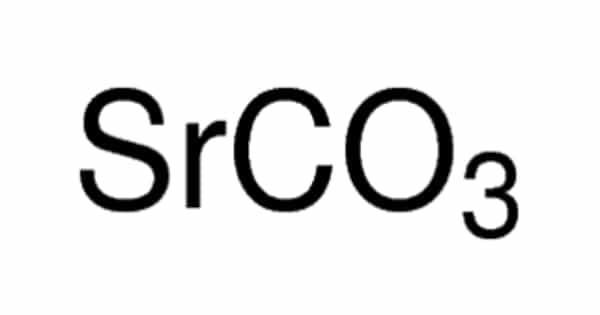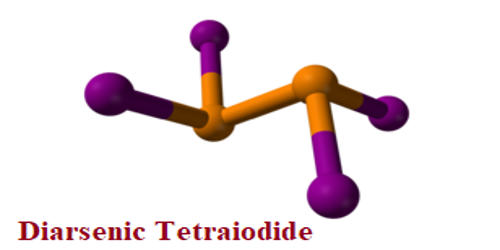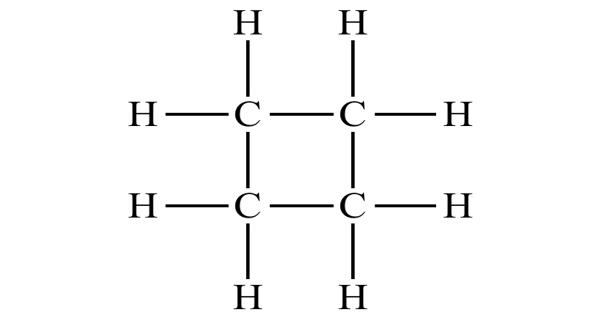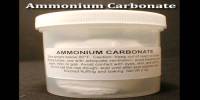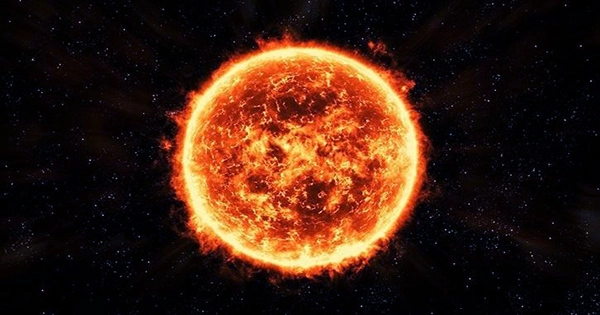Strontium carbonate (SrCO3) is a white or grey powder that is the carbonate salt of strontium. It is a crystalline salt that occurs naturally as strontianite and is primarily used in fireworks, iridescent glass, and the production of other strontium compounds. It can be found in nature as the mineral strontianite. It has numerous applications in electronics, metallurgy, chemicals, and glass.
Chemical properties
Strontium carbonate is a white powder with no odor or taste. Because it is a carbonate, it is a weak base and thus reactive with acids. Otherwise, it is stable and secure to work with. It is almost completely insoluble in water (1 part in 100,000). If the water is saturated with carbon dioxide to 1 part in 1,000, the solubility increases significantly. It dissolves in weak acids.
Physical Properties
Strontium carbonate is the carbonate salt of strontium that has the appearance of a white or grey powder. It occurs in nature as the mineral strontianite.
- Compound Formula: CO3Sr
- Molecular Weight: 147.63
- Appearance: White powder
- Melting Point: 1100-1494 °C (decomposes)
- Boiling Point: N/A
- Density: 3.70-3.74 g/cm3
- Solubility in H2O: 0.0011 g/100 mL (18 °C)
- Refractive Index: 1.518
- Crystal Phase/Structure: Rhombic
- Exact Mass: 147.890358

Preparation
Apart from its natural occurrence as a mineral, strontium carbonate is synthesized in one of two ways, both of which begin with naturally occurring celestine, a mineral form of strontium sulfate (SrSO4). Celesite is roasted with coke at 110–1300 °C to form strontium sulfide in the “black ash” process. The sulfate is reduced, leaving the sulfide:
SrSO4 + 2 C → SrS + 2 CO2
A mixture of strontium sulfide with either carbon dioxide gas or sodium carbonate then leads to the formation of a precipitate of strontium carbonate.
SrS + H2O + CO2 → SrCO3 + H2S
SrS + Na2CO3 → SrCO3 + Na2S
A mixture of celesite and sodium carbonate is treated with steam to form strontium carbonate with significant amounts of undissolved other solids in the “direct conversion” or double-decomposition method. This material is combined with hydrochloric acid, which dissolves the strontium carbonate to produce a strontium chloride solution. As in the black-ash process, carbon dioxide or sodium carbonate is then used to re-precipitate strontium carbonate.
Production Methods
Strontium carbonate, also known as strontianite, occurs naturally and can be mined from its deposit. However, it is usually made from the mineral celestite. Celestite is fused with sodium carbonate at high temperatures or boiled with an ammonium carbonate solution:
SrSO4 + Na2CO3 → SrCO3 + Na2SO4
SrSO4 + (NH4)2CO3 → SrCO3 + 2NH3 + CO2 + H2O
Water does not dissolve strontium carbonate. In the second reaction, it precipitates from the product mixture. The product mixture is leached with water if fused with sodium carbonate. The water-soluble sodium sulfate separates from the insoluble carbonate.
Uses
The most common application is as a low-cost colorant in fireworks. In flame, strontium and its salts emit a brilliant red color. Unlike other strontium salts, carbonate salt is generally preferred due to its low cost and lack of hygroscopicity. Its ability to neutralize acid is also extremely useful in pyrotechnics. Road flares are another example of a similar application.
Strontium salts are used in fireworks to produce crimson red flames after ignition, and direct contact with airborne strontium carbonate nanoparticles during the burning process is not possible.
- It is employed in electronic applications. It is used in the production of color television receivers (CTVs) to absorb electrons emitted by the cathode.
- It is used to make iridescent glass, luminous paint, strontium oxide, and strontium salts, as well as to refine sugar and certain drugs.
- It is widely used as a glaze ingredient in the ceramics industry. It serves as a flux and alters the color of certain metallic oxides. It shares some properties with barium carbonate.
- It is also used in the production of strontium ferrites, which are used in the production of permanent magnets, which are used in loudspeakers and door magnets.
